Research Digest 014
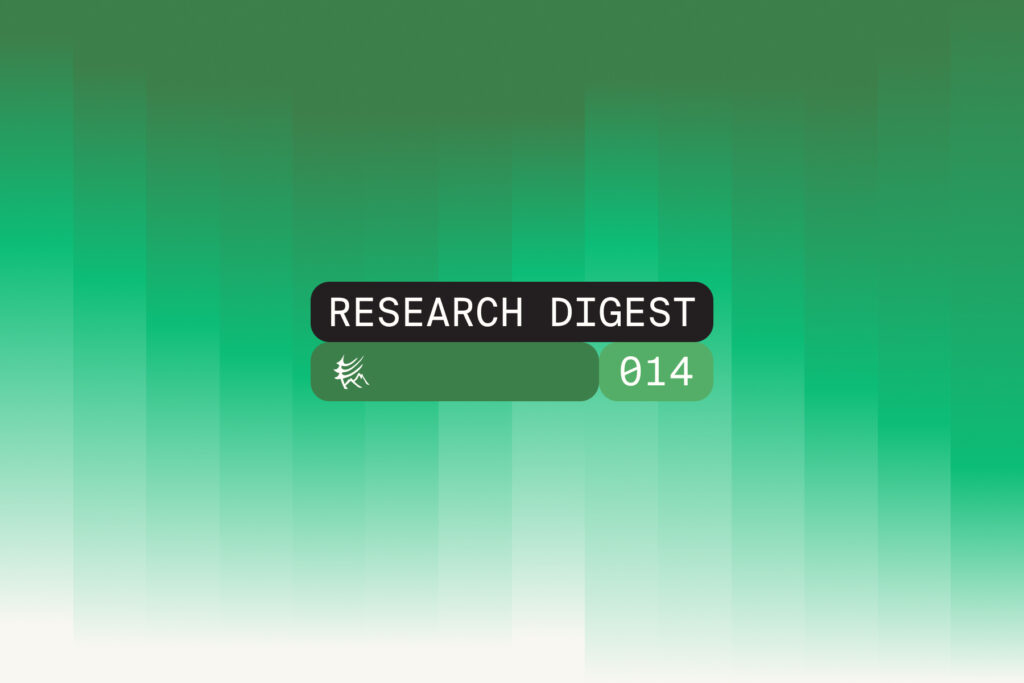
With methane detection technology evolving rapidly, this edition of our research digest brings exciting advancements in AI-driven super-emitter detection, independent satellite validation, and regulatory challenges for methane-intensive industries. We highlight new research on deep learning applications for methane plume detection, improved life cycle assessments for LNG exports, and the latest efforts to reconcile top-down and […]
Research Digest 013
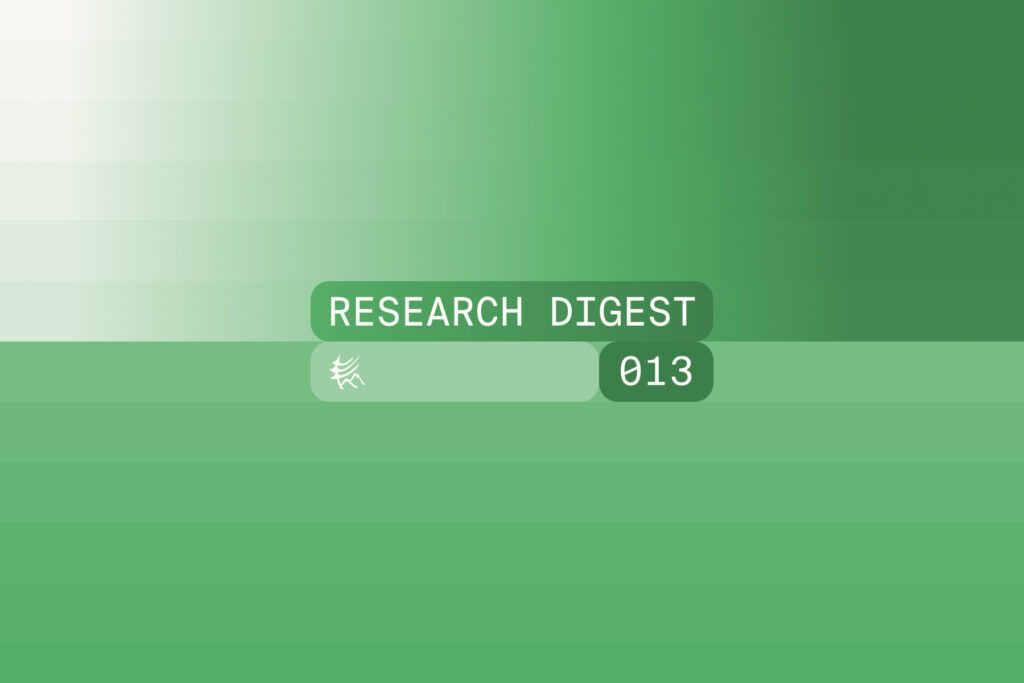
With oil and gas methane research continuing to gain momentum, we’ve had the pleasure and challenge of selecting the most impactful research. Here we summarize the latest in methane measurement, technology testing, quantification, and previously unrecognized emission sources. Review of 237 Oil and Gas Methane Research Publications Aiming to benchmark current knowledge and provide insight […]
Research Digest 011

Methane detection and quantification science continues to advance at a rapid pace. In this edition of the Research Digest, we catch you up on satellite technology, top-down vs. bottom up reconciliation, life cycle assessments, and more! “Clear Eyed Assessment” of 9 Methane Detecting Satellites. 82 single blind controlled release tests are performed during satellite […]
Research Digest 010
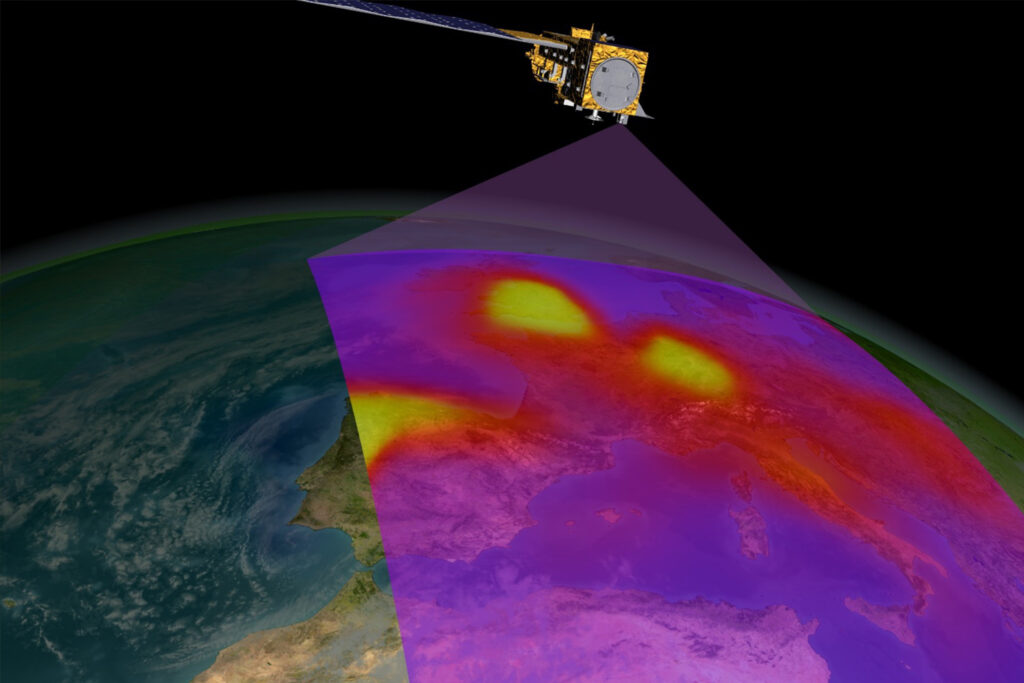
In this month’s Research Digest, we catch you up on the latest peer-reviewed research in methane emissions science, including advancements in satellite based analytics, improvements to top-down emissions quantification, a review of emissions policy, and more! Satellite Quantification of Global Oil and Gas Emissions 22 months of high resolution TROPOMI data is used to quantify […]
Research Digest 007
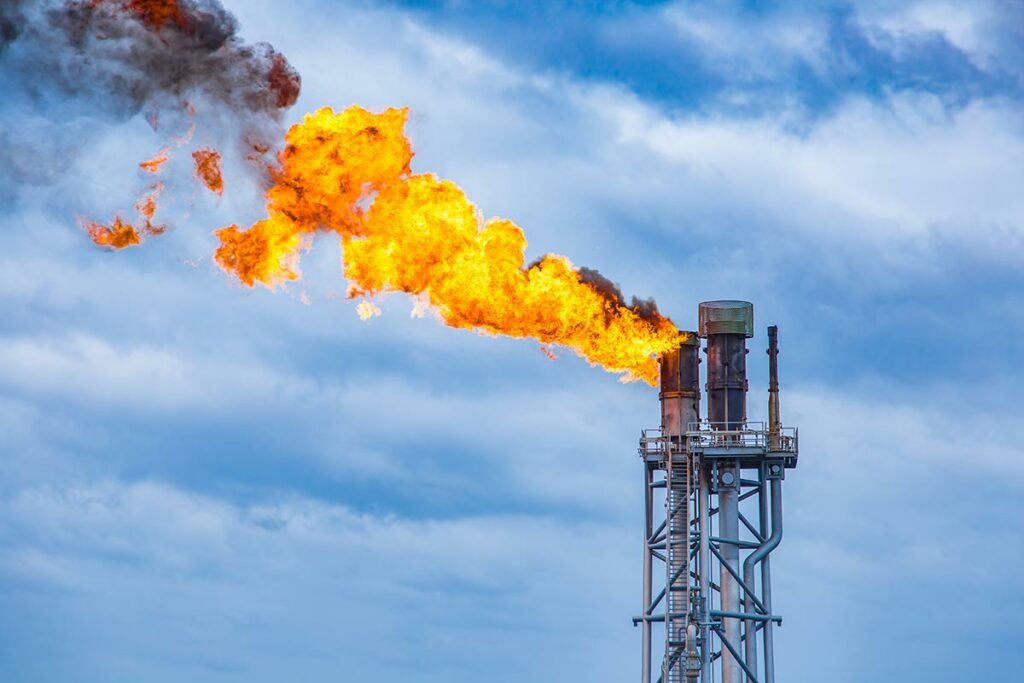
In this month’s Research Digest, we catch you up on the latest peer-reviewed advances in oil and natural gas (O&G) emissions science.
Research Digest 006
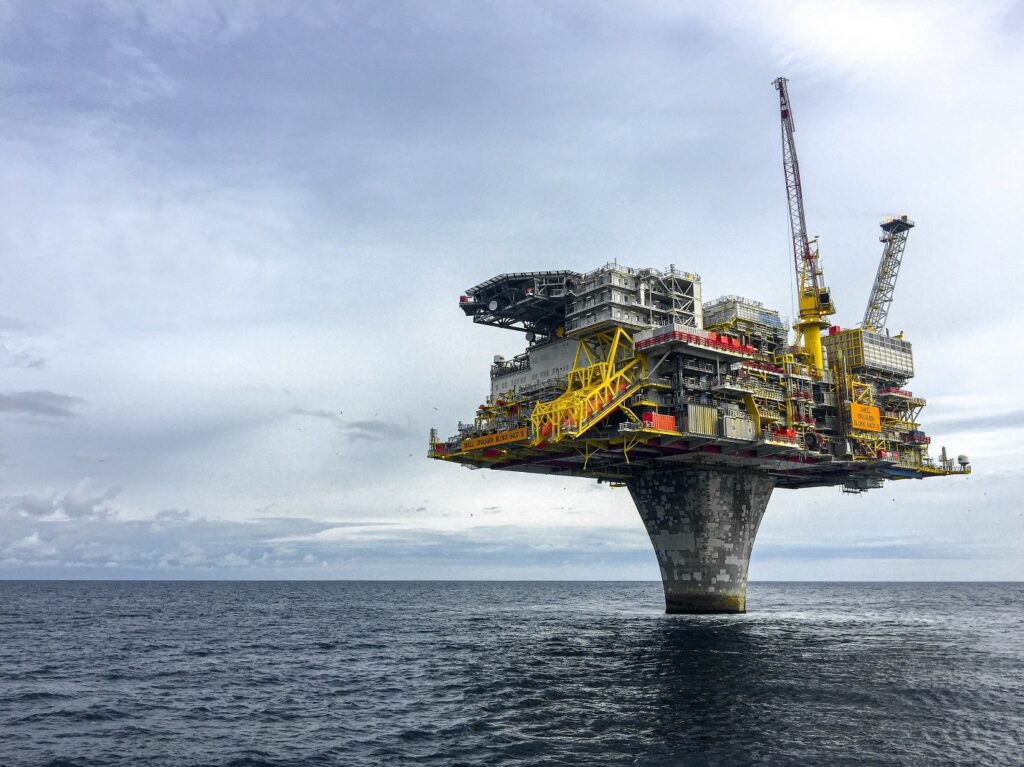
A lot has been happening in methane emission research! In this month’s Research Digest, we catch you up on peer-reviewed oil and natural gas (O&G) emissions science, including: under-reporting methane emissions to the UN, discrepancies between satellite and bottom-up emissions estimates, high methane emissions at low-production O&G sites, a look at future research opportunities in leak detection, drone-mounted mounted methane detector applications, and more!
Research Digest 005

This month’s Research Digest in the Highwood Bulletin features new research on methane emissions from the Permian Basin, a new open-source tool for estimating methane emissions at fine temporal scales, research on the use of flare gas for power generation, a new explanation for annual methane variability, and newly published controlled release testing.


